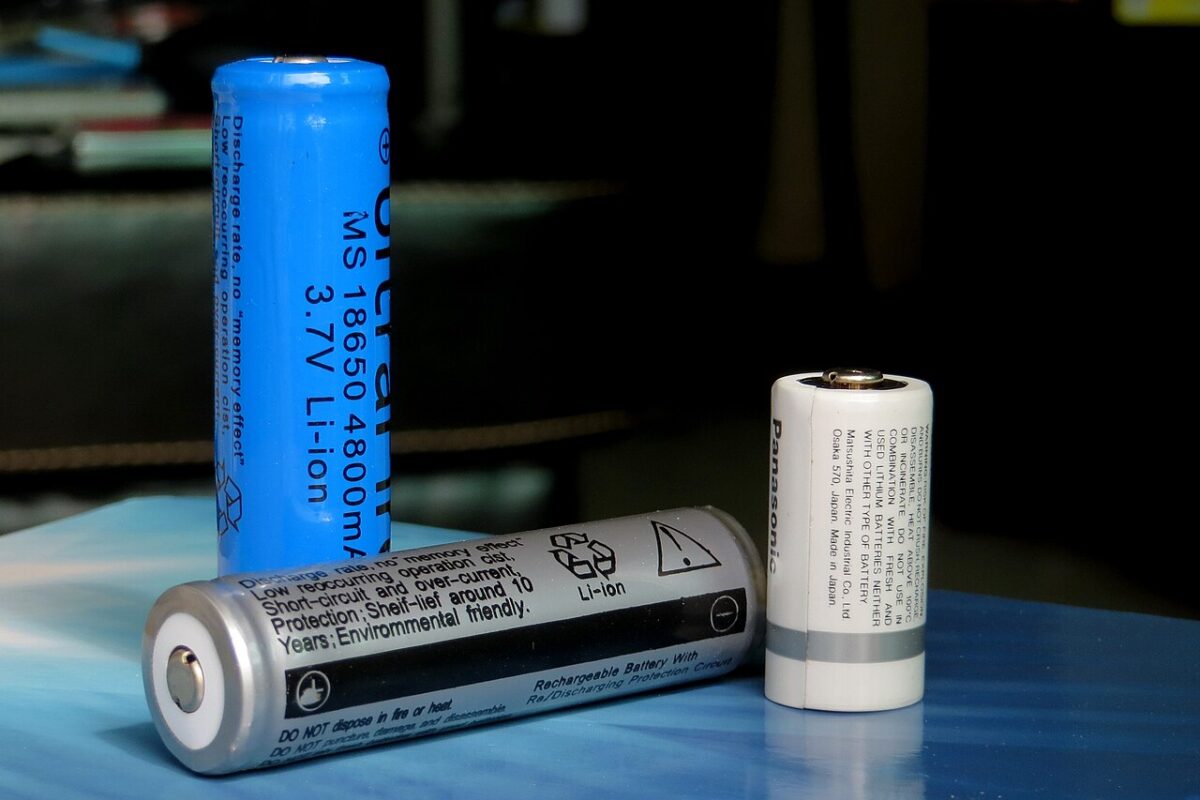Researchers in India who tested the performance of an amorphous silicon solar cell underwater claim there could be potential applications for submerged devices.
Scientists at the Birla Institute of Technology and Science, Pilani – Hyderabad Campus, Indian Institute of Technology Kanpur and Defence Materials and Stores R & D Establishment – DRDO, Kanpur, said submerged cells benefit from lower temperatures and are in an ideal environment for cleaning.
Underwater devices obviously suffer lower solar radiation, however, citing another study the group said mono and polycrystalline cells would see a 20% fall in conversion efficiency at a depth of 1m but amorphous silicon devices showed less of a reduction at 1.5m, thus exhibiting potentially “stimulating outcomes”.
Ideal for small devices
The Kanpur and Hyderabad group said the remaining conversion efficiency could be sufficient to power submerged marine electronic devices.
The scientists tested an amorphous cell coated with polydimethylsiloxane (PDMS) – the most widely used silicon-based organic polymer for optoelectronic applications – at depths of up to 20cm. The PDMS has excellent optical properties and is hydrophobic, according to the researchers, who added: “It is inert, non-toxic and non-flammable.” The coating solution reportedly improved cell output by 2.79%.
The group opted for amorphous silicon cells as they have a spectral sensitivity to absorb light which is, essentially, in the visible wavelength range of 380-780nm. This makes amorphous cells ideal for underwater environments, where the spectrum narrows with an increase in depth and longer wavelengths penetrate at initial depths, the researchers said. Amorphous cells are also considered practical for indoor and outdoor environments.
Water types
The performance of the Panasonic cell tested was measured with an SS50AA solar simulator. The cell was submerged in four water environments: de-ionized water, lake water, seawater and artificial seawater prepared with commercially bought sea salt with 3.5% salinity and other water impurities.
The poorest performance was recorded in lake water, with bacteria, algae and other impurities reducing the transparency of the liquid.
The best power output – 0.0367 W – was recorded at a depth of 200cm in the de-ionized medium while figures of 0.0337 W and 0.0320 W were observed for the seawater and artificial equivalent, respectively.
“Although there are challenges and limitations, the results obtained show that there is an enormous potential for solar PV technology in underwater monitoring sensors or devices, and various other commercial and defense applications with modern-day power electronics,” the researchers wrote in the paper Analysing consequence of solar irradiance on amorphous silicon solar cell in variable underwater environments, published in the International Journal of Energy Research.
“The work has been carried out under a funded project by the Indian defense laboratory, Defence Research and Development Organisation, to explore and optimize the possibility to harness underwater solar energy for operating various submerged sensor and surveillance devices,” Sanket Goel, the research coordinatoe and professor at BITS-Pilani, Hyderabad Campus, told pv magazine.
This content is protected by copyright and may not be reused. If you want to cooperate with us and would like to reuse some of our content, please contact: editors@pv-magazine.com.




Continue to see the age-old question how much solar do I need to run my houseevery utility bill in the world has your kilowatt hour usage printed on it not a national security secret